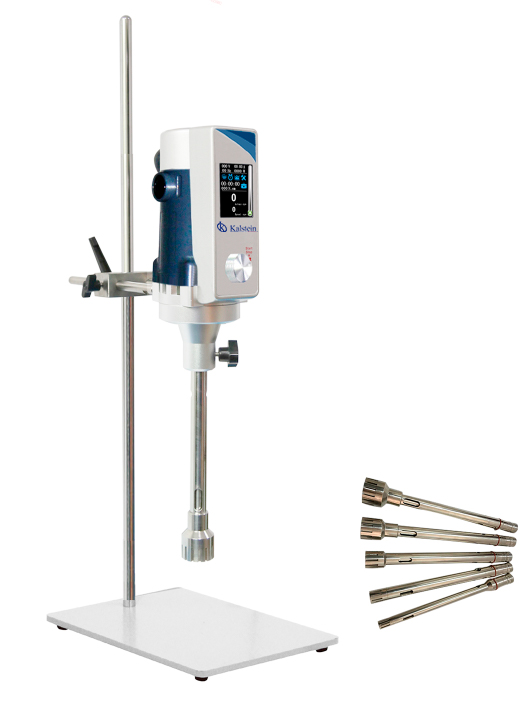Is a Gel Documentation System important?

At present, technological development allows to have documentation systems in gel, to apply to the needs of the laboratories, providing innovative solutions, both for the capture and for the study of the images, and are formed on the basis of the methodologies used by each researcher.
Gel documentation: types and uses

The documentation of gels is a process that is carried out in a photodocumentation of gels, this equipment is part of the special equipment of molecular biology laboratories. Among its functions are allowing to observe, take photos and analyze bands of the gels after electrophoresis. In other words, it allows visualizing the bands in the gels that are not visible to the naked eye because these devices have a high resolution and focus lenses that substantially improve the obtaining of results.
What is a gel documentation system?

A gel documentation system is a device for viewing, photographing, and analyzing post-electrophoresis gel bands. This equipment reduces operating times and the results are of high quality. Bands in gels that are not visible to the naked eye can be seen through the high resolution charge-coupled device and with focusing lenses.
Development of antibiotics with the Analytical Balance for Lyme disease

Lyme disease is a Borrelia burgdorferi infection with possible manifestations in the skin, nervous system, heart, musculoskeletal system, and other organs. The various symptoms of the disease are well characterized and can be divided into early and late manifestations. Antibiotics are used for Lyme disease therapy, and the sooner treatment is started, the sooner the symptoms of Lyme disease disappear.
Development of hydrogel for the conservation of vaccines with the use of the Analytical Balance

The concept has the potential to stem losses and supply problems, especially in the vaccine sector, developers say. For its use, it is sufficient to release them with a harmless solvent, and in the appropriate proportion, so the analytical balance allows the measurement of the exact mass of the substances used to obtain the hydrogel and then to convert it into a viable solution to be administered.
Why are the samples homogenized?

The word homogenize refers to the ability to make a mixture homogeneous, the latter referring to uniformity. This is usually related to the use of chemicals, which are mixed through physical means, until it results in a uniform solution. Homogenization is a technique that is used in many fields, from biology, agriculture and chemistry, to gastronomy, to name a few disciplines, however, are many more.
What are the techniques of homogenization?

Homogenization is a chemical technique through which components are constantly mixed that are not miscible among themselves, that is, that conventionally do not mix, in order to obtain homogeneous solutions or soluble suspensions. The final result will depend on the solutes that are mixed together as well as the type of equipment used for this technique. At present, the most commonly used instrument is the homogenizer.
When is the use of a wheelchair necessary?

Wheelchairs are equipment designed to assist in the movement of people who have some kind of injury or disease that prevents their movement or that hinders it. For some people it is a technical help that they need all the time to be able to function independently in their daily activities, while for others, it is a tool that they only need for a short time. Whatever the reason, wheelchairs should be user-friendly and tailored to your needs.
What type of wheelchair is recommended for seniors?

Older people are more vulnerable in many ways, and over the years they may become dependent or disabled. The presence of disability increases the closer to age 80, when complex health problems requiring specialized care become visible.
How does a laboratory ion meter work?

A selective ion electrode is a kind of sensor that allows to test ions in various types of samples, whether environmental, pharmaceutical, biotechnological, food, agricultural, industrial, drinking water, wastewater among others. The most commonly tested ions include ammonia, nitrate, chloride, fluoride, calcium, sodium, potassium, silver, iodide, sulfide, lead, bromine, cadmium, copper and others.
